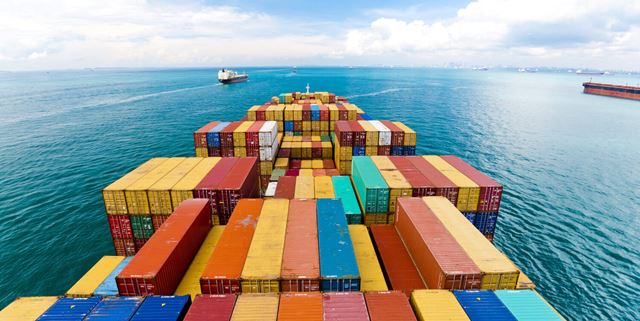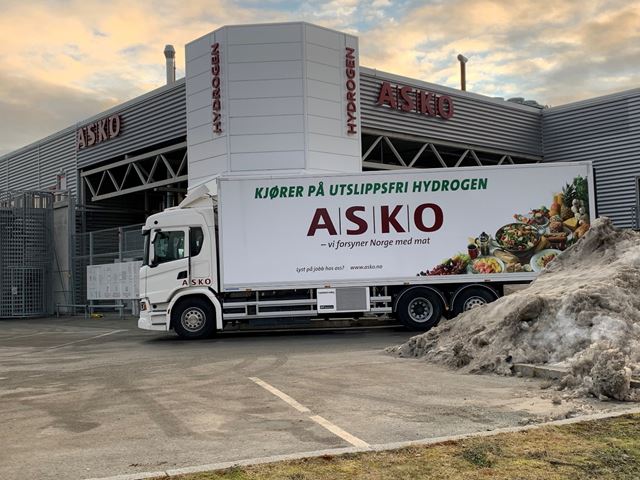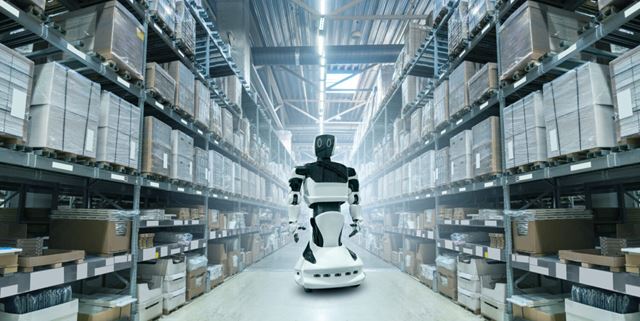A recent research report published by the EU Commission shows that the green transition has to be implemented in parallel with a digital transition. If not, it will be difficult to mitigate climate change and halt the decline in biodiversity. This reality places two heavy burdens on the shoulders of the global business community.
Some companies will simply have to ensure that green energy sources such as offshore wind, solar power and emission-free hydrogen become commercially competitive.
At the same time, all businesses will have to learn to develop digital systems that change, improve and simplify how we work and travel, and how we manufacture and consume goods. But there are still many people in politics and the business community who have yet to realise that smart data processing is an invaluable tool in our efforts to mitigate climate change.
Software is the business
From now on, all business leaders must learn to get to grips with two fundamental precepts. The first is that digital systems can make a contribution towards reducing emissions and arresting the decline in biodiversity. The second is that software development is a core business activity for an ever-increasing number of businesses.
Software systems are no longer simply a product of businesses. The software is the business. The banking sector is a good example.
Leaders in most sectors are thus in need of a new type of knowledge – know-how about how software, business models and the development of wider society are interconnected.
Integrating two fields
During his flying visit to the Oslo Energy Forum this winter, Bill Gates put his finger on what many people currently see as the greatest challenge facing the planet – how do we implement the green transition at a price that voters are willing to pay?
One of the answers is to educate more experts who can handle, analyse and process data from the growing deluge of digitalised information by developing efficient software systems.
If we are to succeed with the so-called green and digital ‘twin’ transition processes, we have to educate better software developers who can work effectively together with smarter business developers. This will help companies to understand how data and software can be used to help businesses in the processes of transition. Two technical fields that we have always regarded as distinct will thus have to be integrated together.
Software and corporate strategy – one and the same
As many people pointed out during the Oslo Energy Forum, the finance sector will have a key role in the development of effective and sustainable systems. Together with the industrial sector, it will have to challenge the traditional principles behind how we define what a good business is.
Wealth has to be generated in markets that at present may not even exist. Many companies will have to take the plunge and stake out new directions, in much the same way as the traditional car manufacturing sector is doing.
Smart software can provide the explosives that make it possible to stake out new paths. It can serve to resolve complex problems. Moreover, it can generate products and services that are both green and effective at the same time. Software and corporate strategy are thus being integrated into a single entity.
Smart cities equal green cities
It is true that previous research conducted by SINTEF has pointed out that the transition to a data-driven society is a challenging process. Nevertheless, according to a new report published by the EU Commission, data sharing and analysis will become the “backbone’ of the green and digital transitions”.
Software has become a natural part of our everyday lives. But this is also a technology that we need to resolve some of the biggest problems that we face today.
Our cities currently account for 75 per cent of global CO2 emissions. It is thus possible that the introduction of smart cities and autonomous transport systems can help to reduce emissions. For example, smart digital systems can help to reduce travel to and from business meetings by between 15 and 20 per cent, and greenhouse gas emissions by between 10 and 15 per cent.
Shipping can show us the way
Software is the technology that lies behind smart cities, robots and autonomous systems, as well as many technologies that we have yet to invent, but which we will need if we are to meet our climate change mitigation targets.
One particular sector that has the opportunity to take the lead in the ‘twin’ transition, is shipping. Norwegian actors are well ahead of the curve when it comes to the use of green maritime technologies. So, we are expecting many positive outcomes in terms of climate change mitigation.
Smart software can promote better route planning for larger vessels that currently account for significant volumes of greenhouse gas emissions. Moreover, so-called predictive maintenance, which involves the data gathering and analysis used to decide when machinery and equipment has to be replaced, saves on the consumption of materials and other resource resources.
The ‘cloud’ also has to be green
The right software can provide the key to the exploitation of the growing volume of data and increased computing power. At the same time, we must take seriously the fact that digital transitions bring with them their own environmental challenges.
Data that are stored in the cloud and that can be transmitted across the globe require electricity, which in turn generates greenhouse gas emissions. For this reason, the ‘good’ software developer has an obligation to make it easy for users to minimise the storage of data that they do not need.
Leaders must take responsibility
“It’s easier said than done”, said Bill Gates in Oslo, talking about the rescue mission that the Earth’s climate requires. But, one thing is certain. The twin green and digital transitions will require leaders to take responsibility as a precursor to putting specific initiatives into action.
We also have to educate more experts and generate new knowledge about how we ought to be developing the software that the twin transition requires.
All this will provide a key step on our journey along the road being recommended by the star entrepreneur and climate warrior Bill Gates.
This feature article was first published in the newspaper Dagsavisen on 16 March 2023 and is reproduced here with the permission of the paper.







